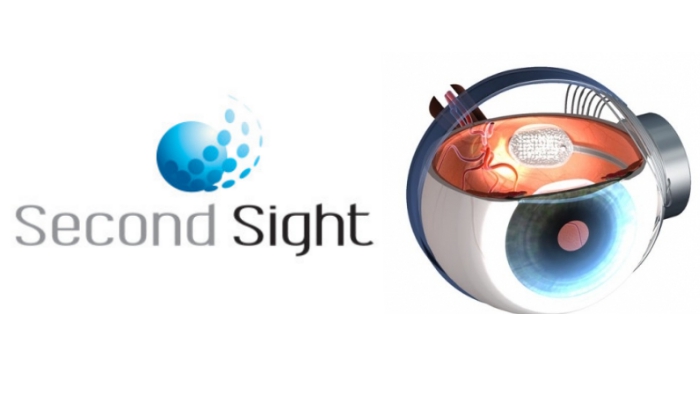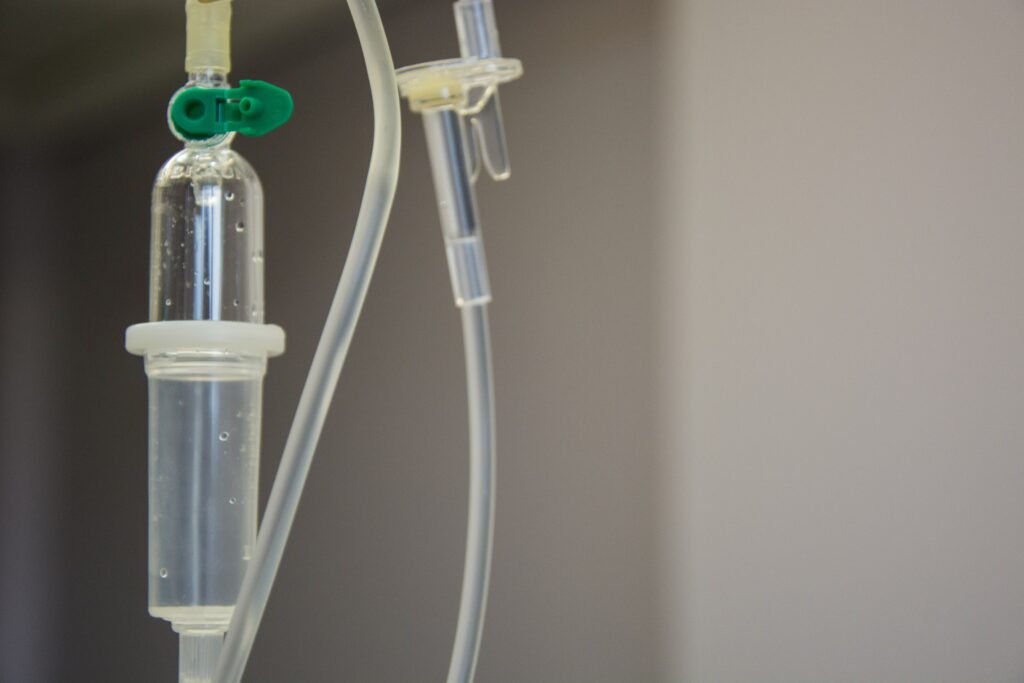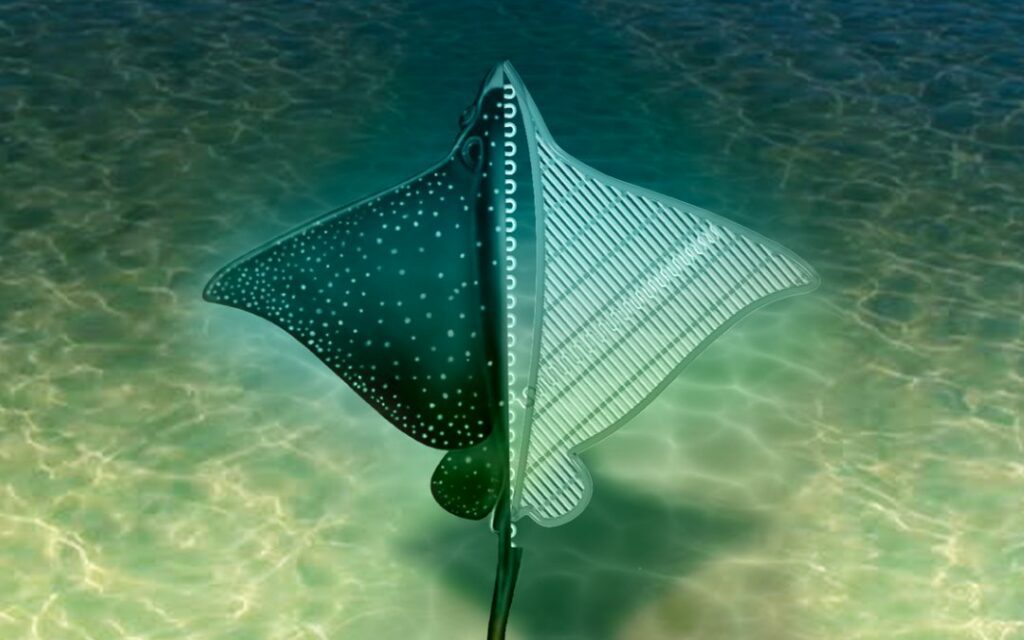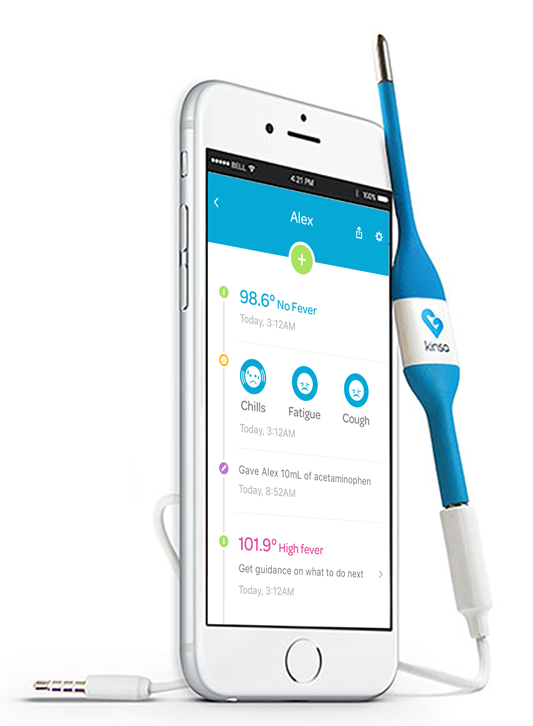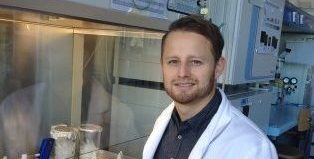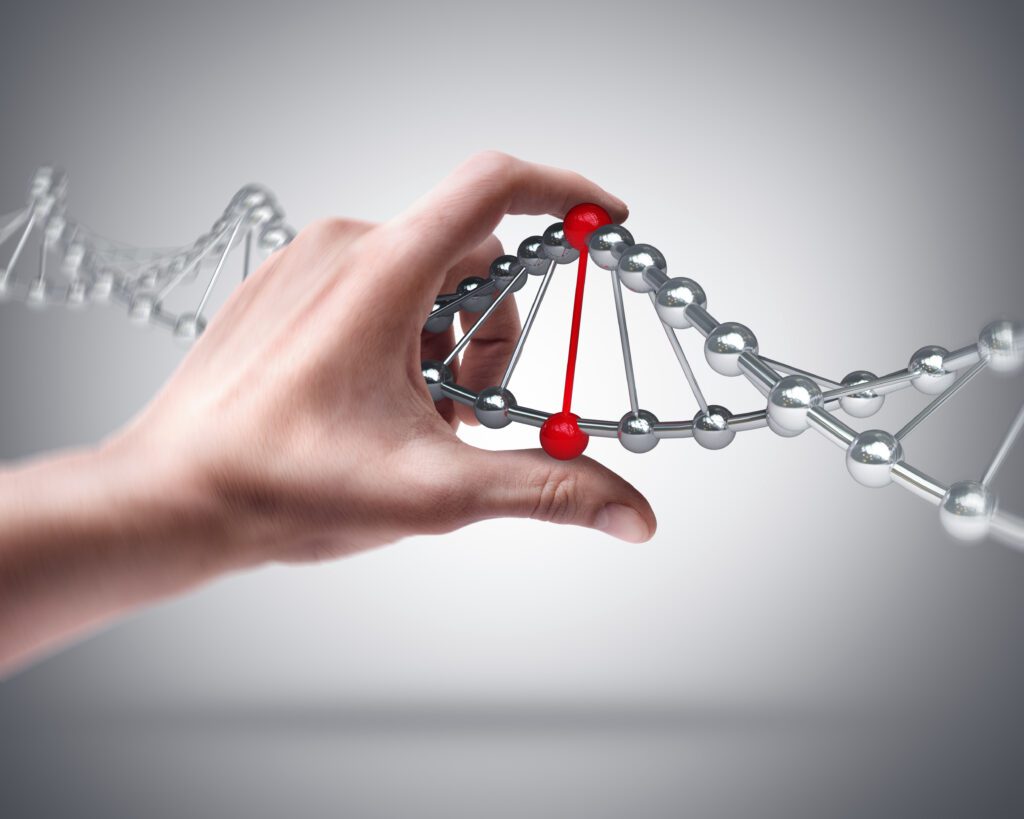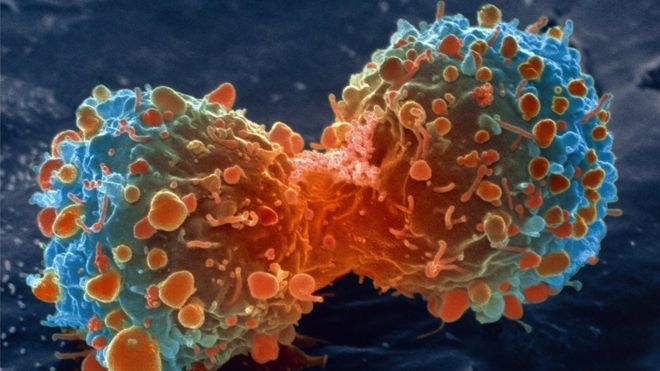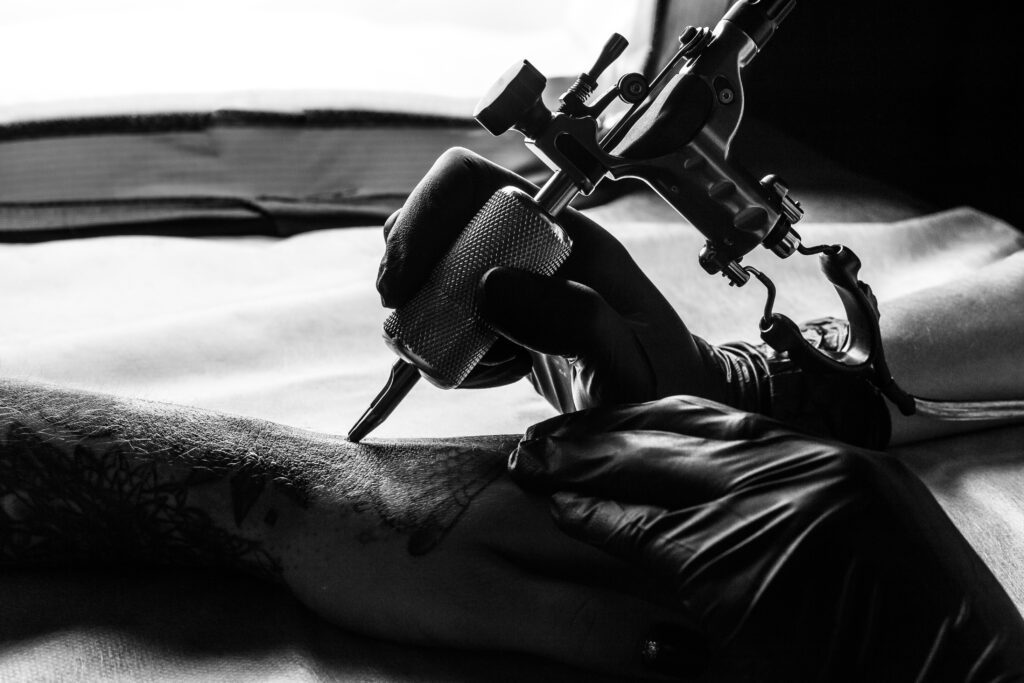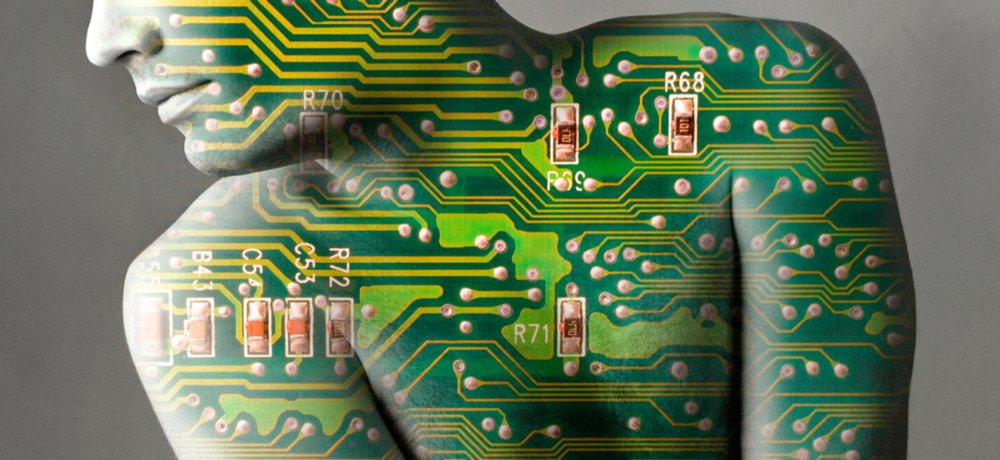Biologics, Wound Care, Infection Prevention
Second Sight Touts 1st-in-human Orion Cortical Implant
Second Sight Medical (NSDQ:EYES) today announced the first trial implantation of its Orion cortical visual prosthesis system and updated on implantations of its Argus device and enrollment in an upcoming study. The first implantation procedure was performed late last month by Dr. Nader Pouratian at the Ronald Reagan UCLA Medical Center, the Sylmar, Calif.-based company said, as…
Read MoreFDA: Ongoing Efforts to Mitigate Impact of Saline Shortages During this Flu Season
As flu activity remains widespread across the U.S., the FDA continues to monitor this situation closely and in coordination with our colleagues at the U.S. Centers for Disease Control and Prevention. We’re continuing to take steps to help ensure that people with the flu have access to critical medical products, including antivirals, saline and other…
Read MoreUCLA Bioengineering Leads Development of Stingray-Inspired Soft Biobot
UCLA bioengineering professor Ali Khademhosseini has led the development of a tissue-based soft robot that mimics the biomechanics of a stingray. The new technology could lead to advances in bio-inspired robotics, regenerative medicine and medical diagnostics. The study was published in Advanced Materials. The simple body design of stingrays, specifically, a flattened body shape and side fins that start…
Read MoreKinsa the Crowdsourced Smart Thermometer Data Now Rivals the CDC at Tracking Flu Trends
Kinsa is one of the leading digital health companies in the smart thermometer space, but the company’s mission has never been to sell thermometers. Instead, Kinsa has always seen itself as a big data company. With the recent public launch of Kinsa Insights, that aspect of the company is taking center stage. “The core hypothesis of…
Read MoreInterview with Lukas Weidenbacher on “Spray-On” Muscle Fibers
Few patients with heart failure are fortunate enough to receive a donor’s heart. Ventricular assist devices (or heart pumps) have been around for several years and are designed to buy time as patients wait for a transplant. Unfortunately, the body doesn’t always tolerate these devices. Researchers at Empa now use a new procedure to produce…
Read MoreNew Wound Care Product Offers the Next Step in Healing
A new antimicrobial wound dressing that uses a patient’s cells to regenerate lost tissue may soon replace antiseptics, stitches, and skin grafts now used to treat chronic wounds. The dressing promises to reduce the risk of scarring and infection while making the healing process less agonizing than it is today. The dressing combines a patient-derived…
Read MoreManipulating Genetic Code
Scientists have demonstrated an “incredibly powerful” ability to manipulate the building blocks of life in two separate studies. One altered the order of atoms in DNA to rewrite the human genetic code and the instructions for life. The other edited RNA, which is a chemical cousin of DNA and unlocks the information in the genetic…
Read More‘Handful of Changes’ Make Cancer
British scientists have worked out how many changes it takes to transform a healthy cell into a cancer. The team, at the Wellcome Trust Sanger Institute, showed the answer was a tiny handful, between one and 10 mutations depending on the type of tumour. It has been one of the most hotly debated issues in…
Read MoreHarvard’s New Biosensitive Tattoos Could Replace Smart Wearables
Thanks to wearable technology, you can go for a run and a fitness tracker will tell you how long you’ve exercised, your heart rate, and how many calories you’ve probably burned. That’s cool, sure, but there’s only so much it can tell you. Sitting on the surface of your skin, your Apple watch can’t analyze your metabolism, your…
Read MoreLet’s stick together: Why materials matter with skin-worn wearables
Medical wearables are intrinsic to digital health’s exciting future, but before a new skin-worn device hits the market, it must pass muster for biocompatibility, patient comfort and performance. Material suppliers and converters can help device makers through the material selection process. A digital healthcare revolution has started, and many across the medical ecosystem are engaged…
Read More
